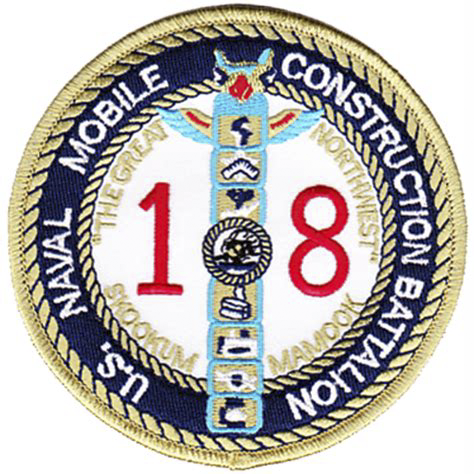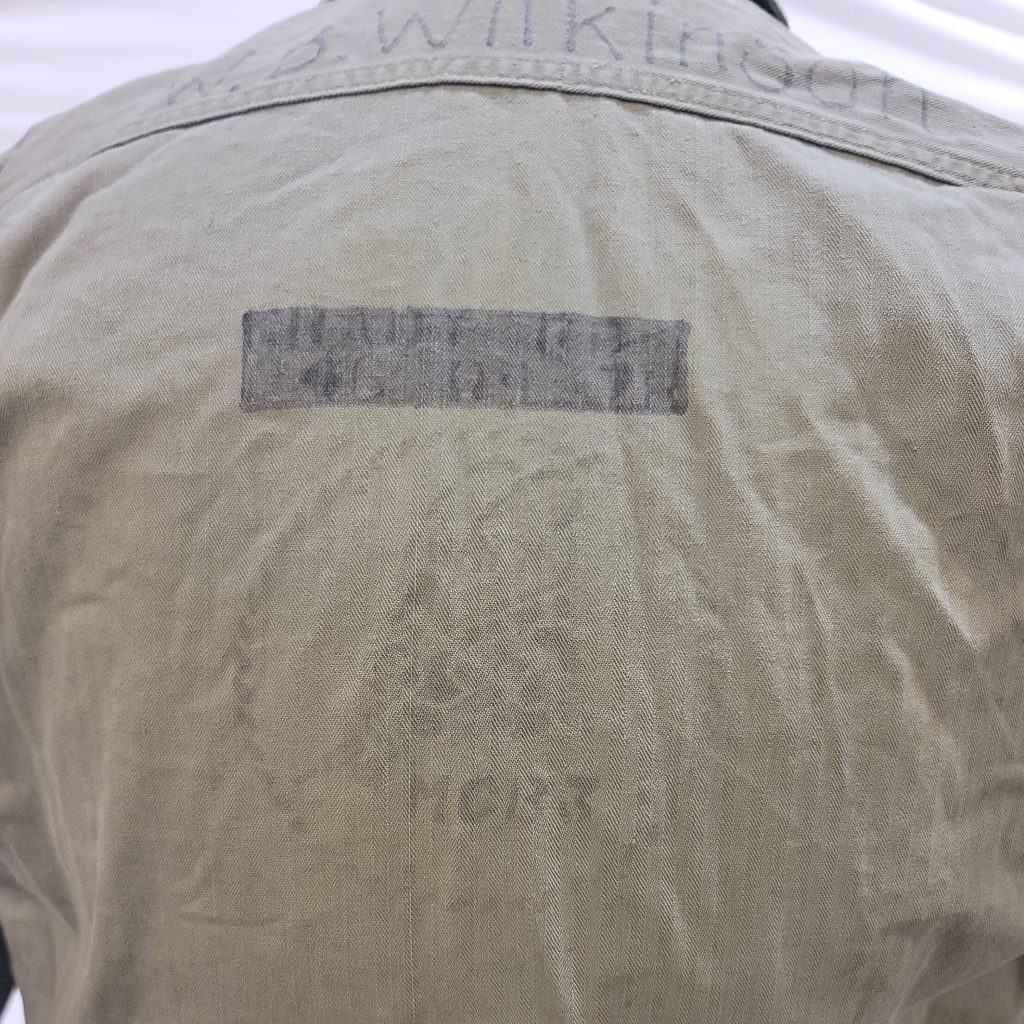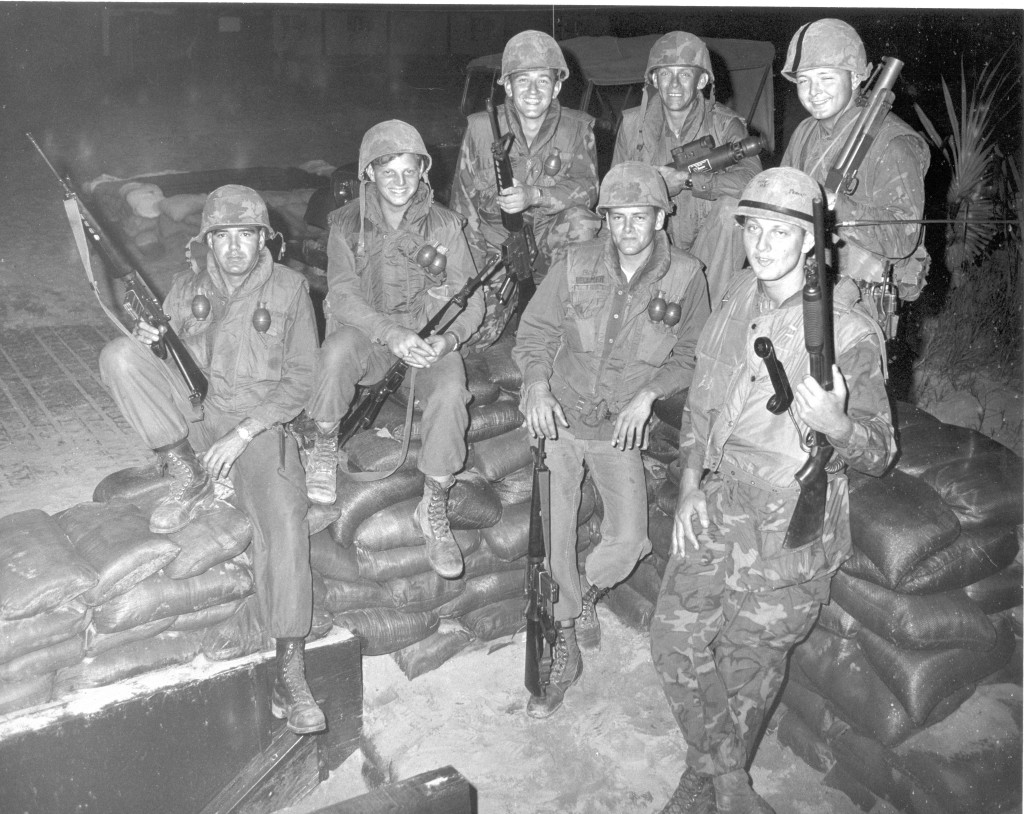
Beginning in 1964 the United States military buildup in South Vietnam interrupted the normal peacetime deployment pattern of the Naval Construction Force. The Seabees were slated to play an important and historic role in the growing Southeast Asian conflict. By autumn of 1968, when Vietnamese requirements reached their peak, world-wide Seabee strength had grown to more than 26,000 men, serving in 21 full-strength Naval Mobile Construction Battalions, 2 Construction Battalion Maintenance Units, and 2 Amphibious Construction Battalions.
From 1965 until 1969 the Seabee commitment in Southeast Asia rapidly increased, necessitating first the transfer of Atlantic Fleet battalions to the Pacific through a change of homeport, then the deployment to Vietnam of Atlantic Fleet battalions, and later, the establishment of nine additional battalions. This effort culminated in the recall to active duty of two reserve battalions in May 1968, bringing to 21 the number of battalions rotating to Vietnam at one time or another. In addition, there were two Amphibious Construction Battalions lending support to the Vietnam effort. During the same time period, to meet a requirement for Seabees to support such installations as the Naval Support Activities at DaNang and Saigon, the two Construction Battalion Maintenance Units, the two deployed Naval Construction Regiments, and the deployed Third Naval Construction Brigade rapidly increased their size.
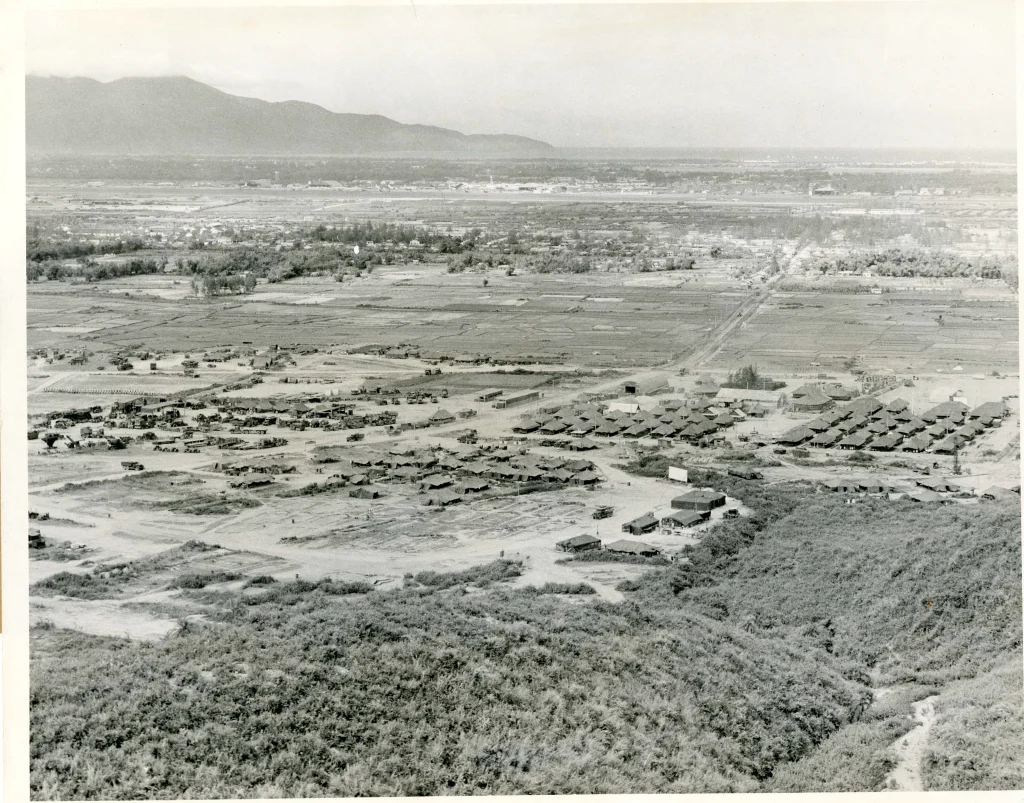
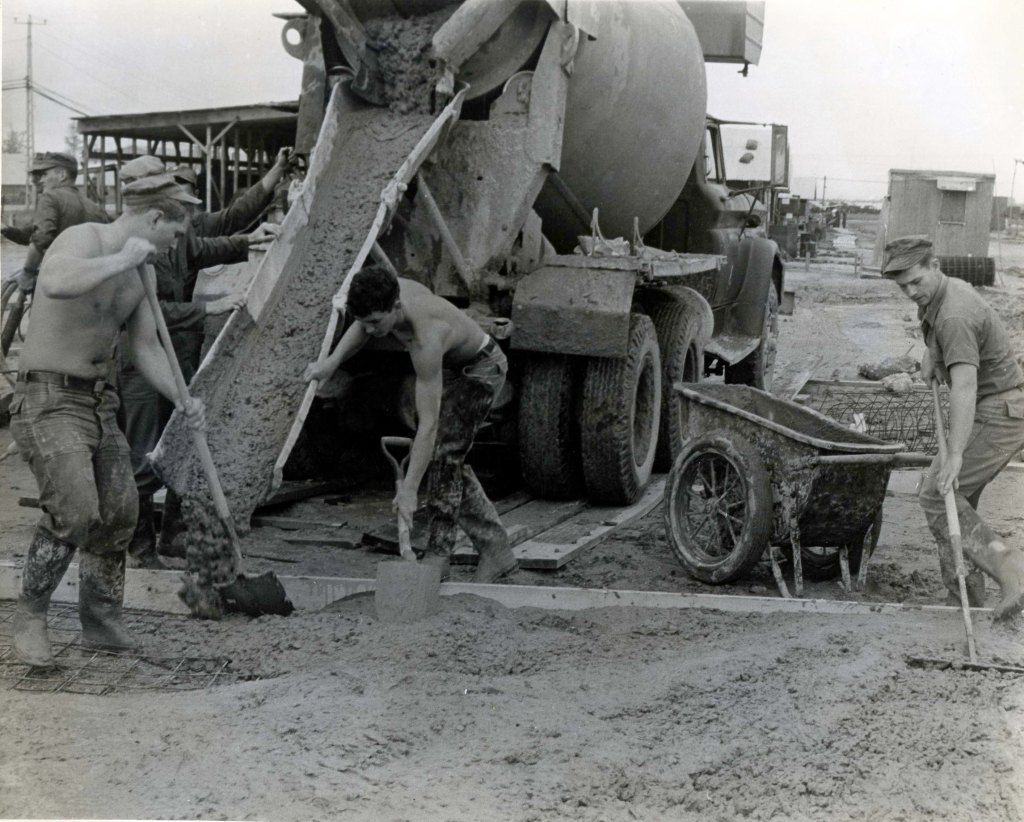
In 1965 the Seabee portion of the Vietnam Construction Program was concentrated at three northern coastal points, the ports of DaNang, Chu Lai, and Phu Bai. The first six construction battalions sent to Vietnam were deployed to these three points and, by 1966, as the construction program gathered momentum, eight battalions were at work simultaneously in the I Corps Area
At DaNang the Seabees built three badly needed cantonments. Temporary facilities which included strong-back tents, mess halls, shops, sheds, bathroom facilities, and a water distribution system were the first to be completed. In addition, Seabees repaired the important DaNang River Bridge, rendered technical aid to South Vietnamese troops who were building ramps for tank landing ships and small boats, and constructed warehouses and petroleum storage tanks. Fortification of the cantonments was also essential because of frequent enemy attacks. Despite Seabee-built machine gun positions and bunkers for perimeter defense, one such attack succeeded in destroying the newly built advance base hospital, killing two Seabees and wounding over ninety. In true Seabee tradition, the men rapidly rebuilt the entire hospital complex. Over the eight years Seabees deployed to DaNang, seventeen gave the ultimate sacrifice to help the people of Vietnam and proving that the Seabees really are “builders for peace.”
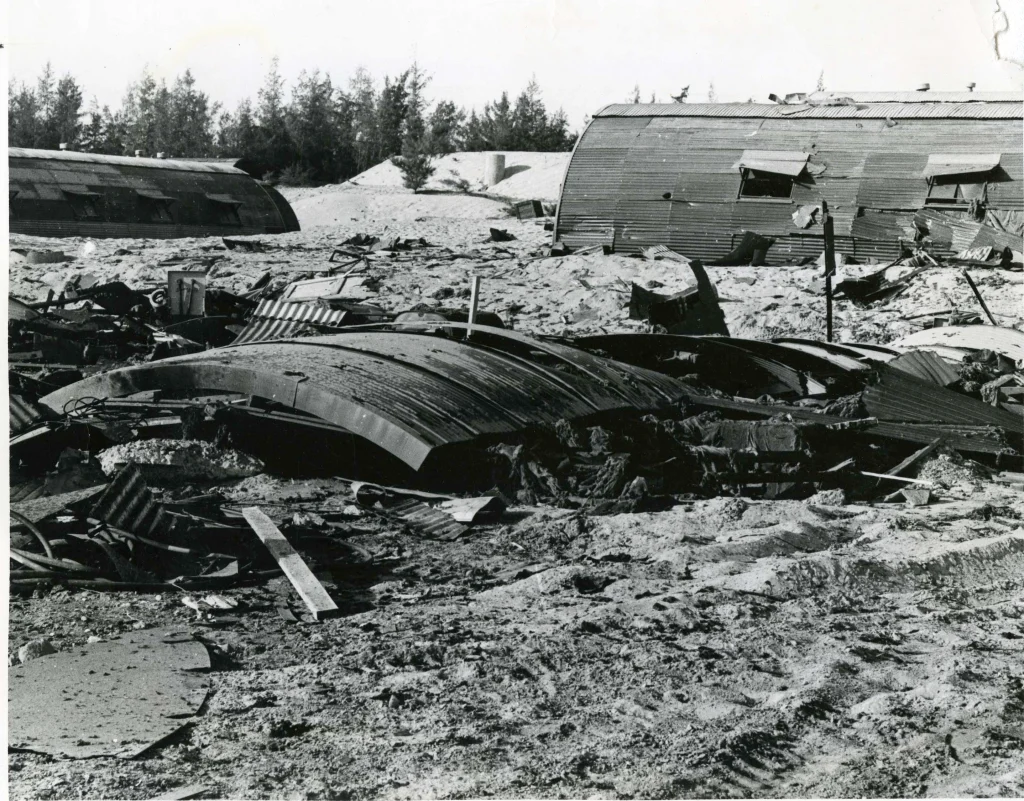
Fair Winds and Following Seas, Seabees…
BU3 Arthur Adams
SD3 Restituto Adenir
BUCN Daniel Berminham
BU1 Robert Fisher
CN David Fleskes
EOC John Haines, Jr
BU1 Paul Hallman
BUL2 Donald Haskins
BU2 Gregory Helsley
LT (jg) Michael Hollingsworth
SW1 Charles Jones
CMM3 Robert Kasper
EO3 Charles Koberlein
EON2 Keith McEnany
BUCS Walter McGinn
LT (jg) Arthur Moscrip, Jr
CET3 Larry Riddle
